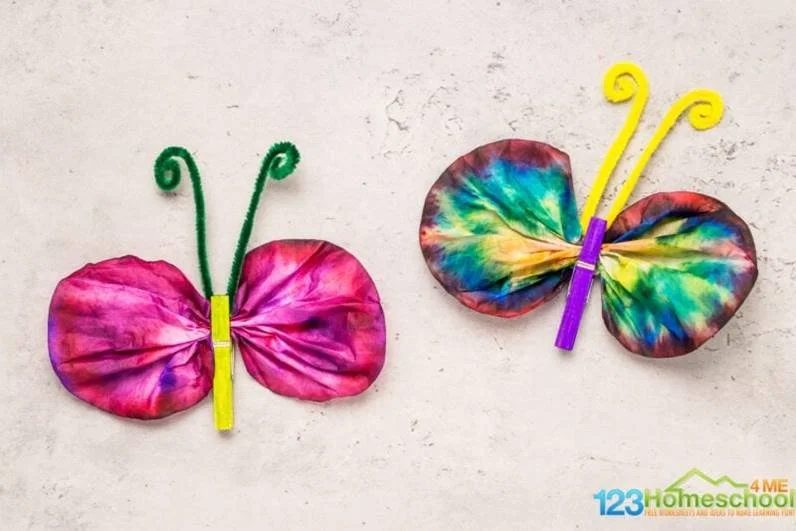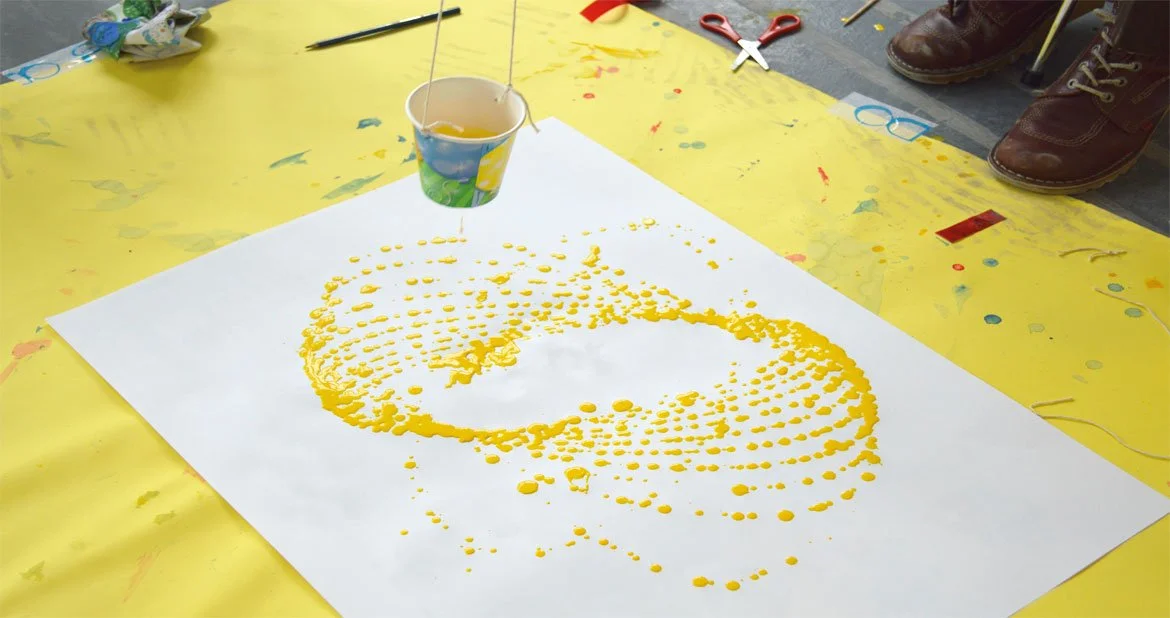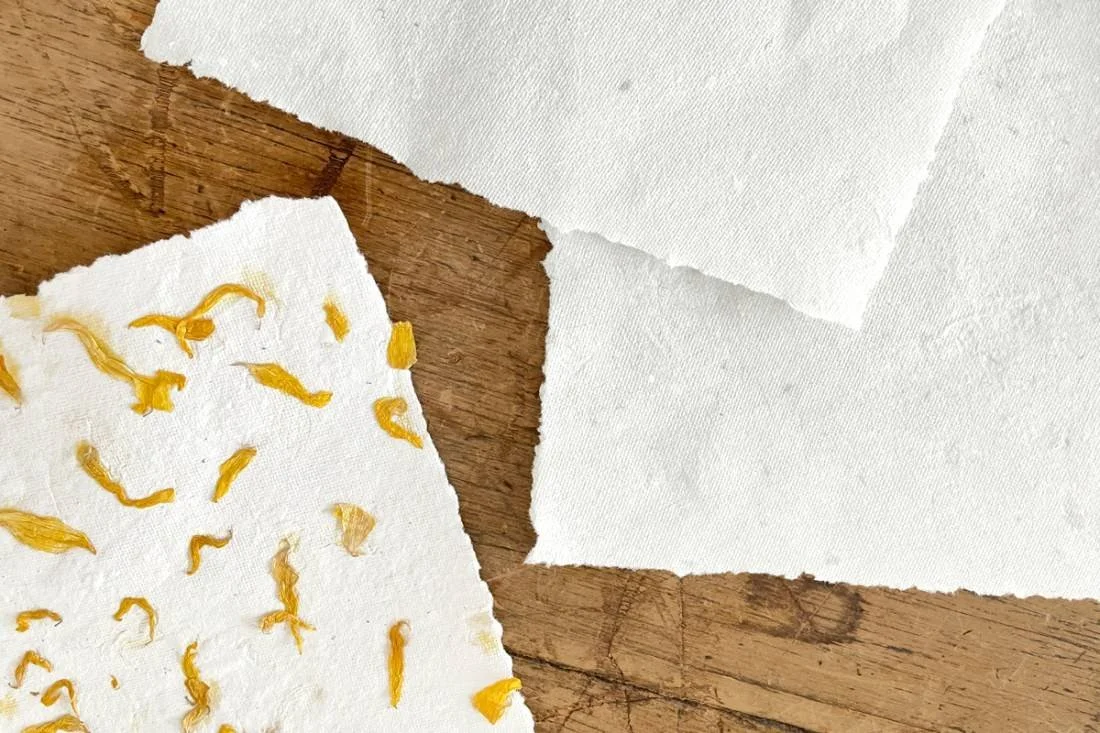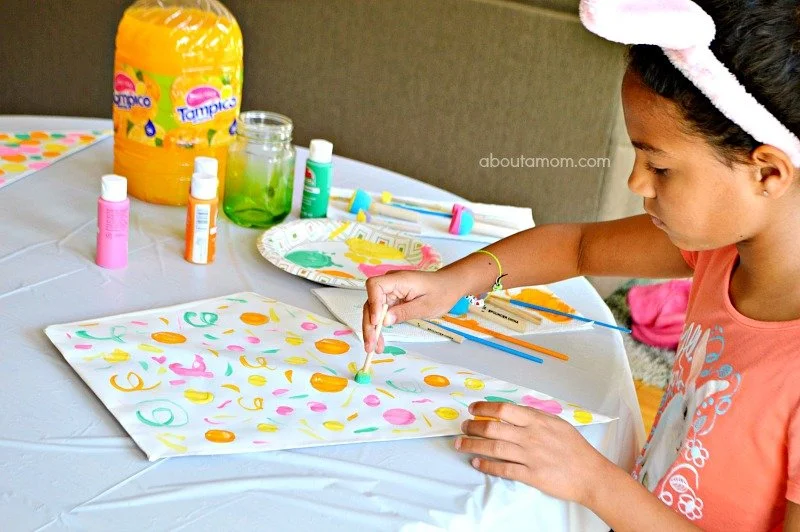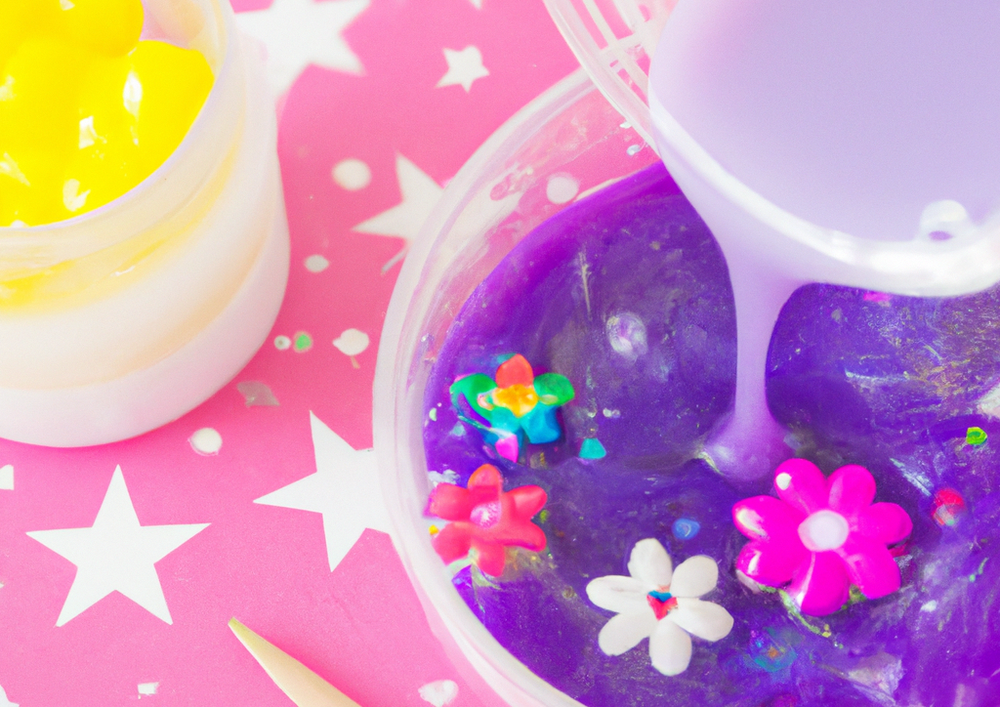Creative Spring STEAM Activities
Flowers are blooming. Birds re-emerge. What a delight to enjoy the days of Spring! With warmer weather, let's create STEAM projects inspired by the season. Read our list, gather your supplies, and get started on these creative STEAM activities.
1. Pressed Flower Art
Photo source: On Sutton Place
Enjoy the vibrant colors of the season by crafting Spring-inspired wall art. Ann of On Sutton Place shares a step-by-step guide on how to press flowers and some tips to keep the petals intact. She also included free printable backgrounds that look like vintage parchment paper to match the flowers, so be sure to check that out!
2. Chromatography Butterfly
Photo source: 123 Homeschool 4 Me
Explore chromatography using coffee filters and colored markers. This experiment shows how the dyes mix to create different shades. The color wheel helps to bring the paper butterflies to life. You can customize your butterflies using fuzzy wires, clothes pins, and paint.
3. Colorful Oobleck
Photo source: Fun Learning for Kids
Learn the unique properties of a non-Newtonian fluid through this colorful oobleck activity. Look for the ingredients in your kitchen, and you are ready for a fun science project. Touch and feel the cornstarch before it’s mixed with water, and then observe how it changes as the water gets added.
4. DIY Sundial
Photo source: KiwiCo
Before technology, timekeeping was tracked on a sundial. Try this fun project. It's an interesting way to determine time-based on the way the sun casts a shadow on the dial. Although it may take a full day to complete, it is worthwhile to try. After noting the time, you can be creative and decorate your sundial.
5. Egg Head Planter
Photo source: Super Simple
Create new life, like spring, by planting seeds in an empty eggshell. Growing plants provides the opportunity to learn about science, weather, nutrition, and the environment. So the next time you cook eggs for breakfast, keep the shells as a pot for your plant.
6. Pendulum Painting
Photo source: Okido
Demonstrate the concept of energy, gravity, and motion in a fun and creative way by creating a pendulum painting. This project can be messy, so place newspaper or old cloth around the canvas. For an extra challenge, you can change the string length and amount of force. Then, observe how the pendulum path changes.
7. Handmade Recycled Paper
Photo source: Woodlark Blog
Celebrate Earth Day this Spring with a handmade recycled paper activity. You can use newspapers, paper bags, or old worksheets to repurpose them into greeting cards and notepads for drawings and reminders. You can also take this time to reflect on what you can do to preserve the earth’s resources for future generations. Try it today to take part in the environmental movement.
8. DIY Kite Project
Photo source: About A Mom
Have a blast at the park or in your backyard with this DIY kite-project. Kite flying teaches concepts of engineering and aerodynamics. Learn from the technical aspects of creating the kite, then allow your imagination to shine while decorating. Now test your kite. Can it fly?
9. Springtime Slime With Flowers
Photo source: Stephen’s Place
Add a flair to your sensory play by creating colorful spring-themed slime. Slime helps engage the kid’s senses while providing a calming effect. It is also an excellent way to explore the concepts of viscosity, elasticity, states of matter, and many more! Add in flower beads and other springtime decorations to incorporate texture.
10. Rainbow Walking Water
Photo source: About A Mom
Learn about color mixing and capillary action with this colorful rainbow science experiment. The set-up is simple, and the activity is lots of fun. Facilitate a guessing game while waiting for the dye to transfer to another glass. Can you guess what will come out next? If you plan to try this in a class, you can download this printable worksheet.
Have you tried any of the activities on this list? If you have, consider doing them again with a new twist. You can do a different activity each week. That way, you can touch on various aspects of Science, Technology, Engineering, Arts, and Mathematics. It’s a win-win for creativity and learning!


